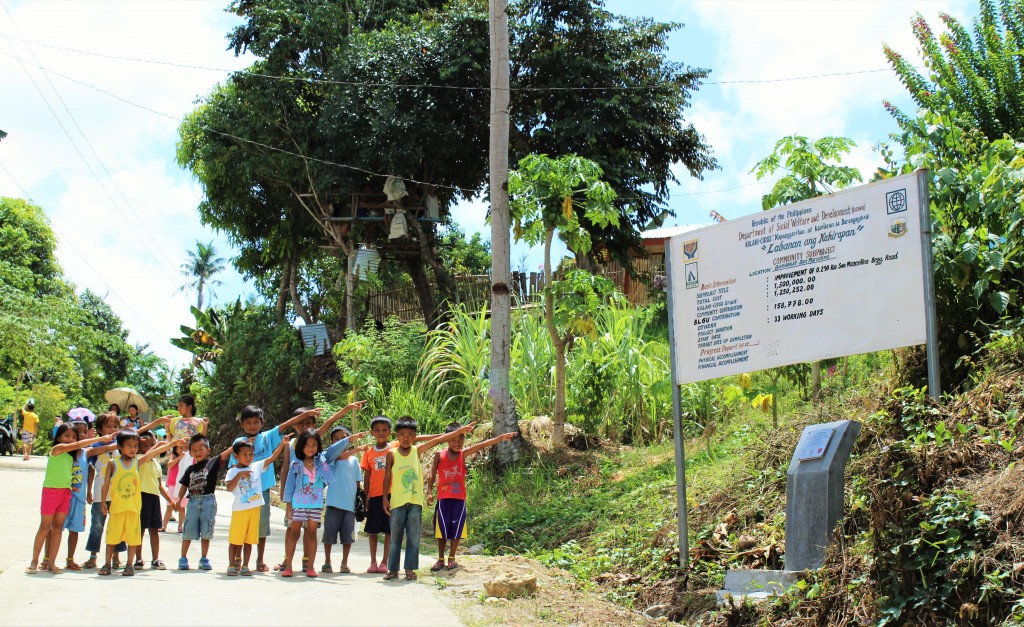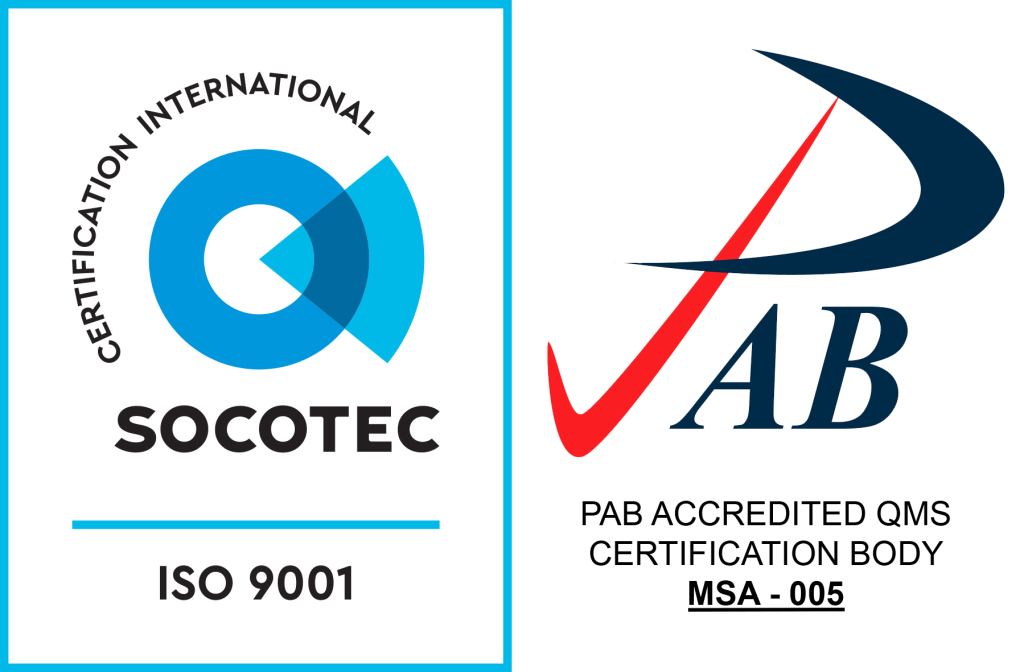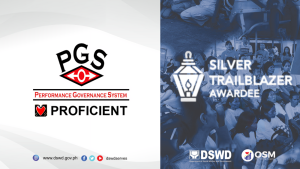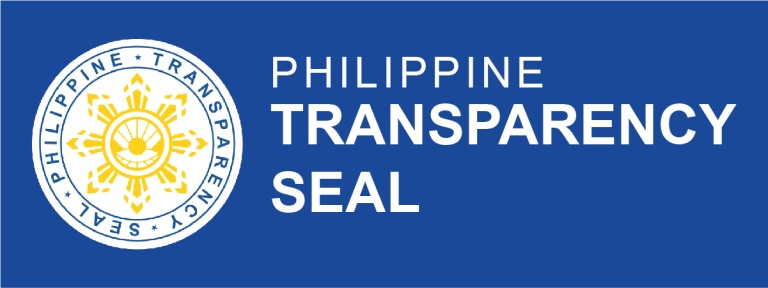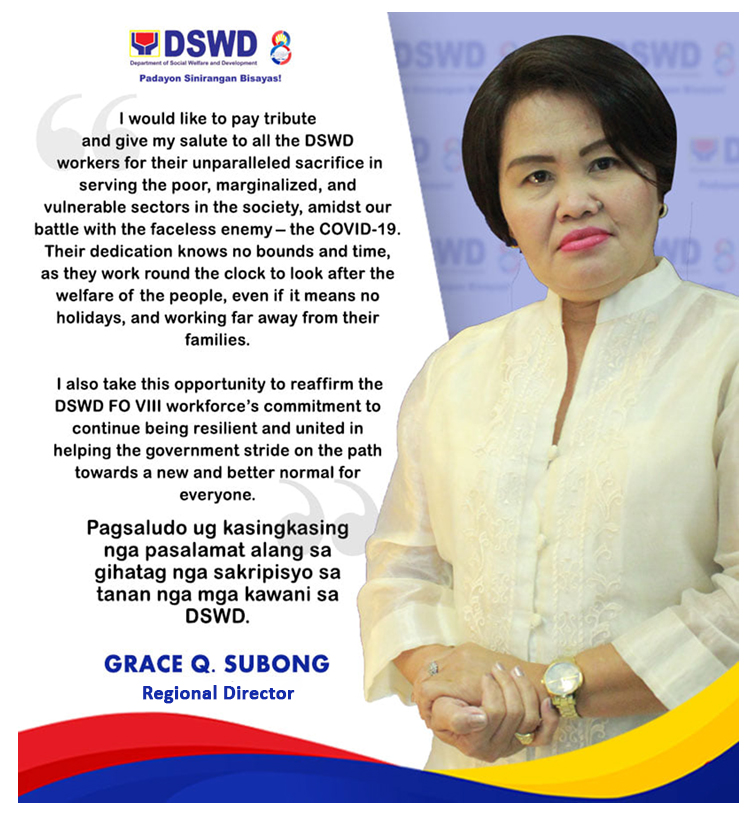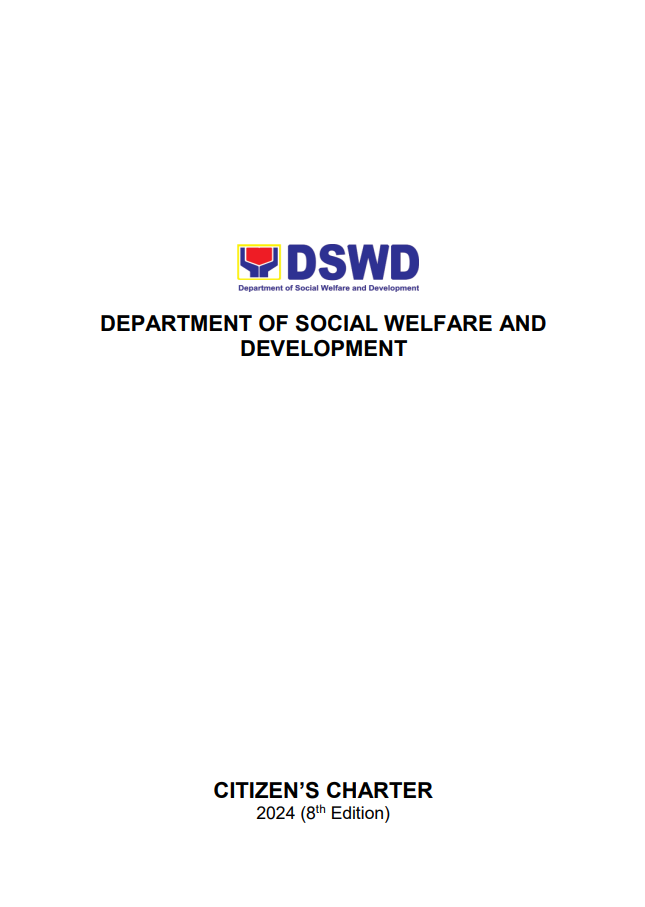Shifting roads
Steven Cliff Peroba, 9, was born in Ormoc City but the destruction of Super Typhoon Haiyan (Yolanda) forced him and his family to restore their lives and livelihood in a remote village of San Marcelino in Matag-ob, Leyte.
But to a child, the structures and provisions in the city are far better than what is offered in the countryside.
San Marcelino is primarily an agricultural village producing rice, coconut and banana located in the 4th class municipality of Matag-ob, Leyte. When Yolanda created havoc in Leyte, San Marcelino was spared, unlike its neighboring barangays, since its mountain ranges served as its protection. But like other villages in Matag-ob, it lacks some basic social services that almost all the 215 households need.
“Niadto kung moulan gani lapok jud kayo ilakaw sa dalan. Usahay mabitas ako tsinilas tungod lisod man ang dalan. Magkapandolpandol pa jud ko pirmi kay batoon ug hanlas man.” [Before, we have to pesevere by walking on a muddy road during rainy days. There were times when the strap of my slippers would pull off because of the tough tread. I often tripped and almost fall since it was so rocky and slippery.
However, with the introduction of the Kalahi-CIDSS’ Community-Driven Development approach, all roads now in San Marcelino are leading towards development.
The New Journey
It was in October 2014 when Kalahi-CIDSS or Kapit-Bisig Laban sa Kahirapan-Comprehensive and Integrated Delivery of Social Services started its National Community-Driven Development Program (NCDDP) in Barangay San Marcelino. Since the first day the program was introduced, Lorena Gucela, 35, did not hesitated offfering her time as a Kalahi-CIDSS community volunteer although she was a native of Tupi, South Cotabato.
“Amo na giani ang amo gipugas nga inubanan ug sakripisyo” [We are now reaping what we have sowed with sacrifice].
Through her involvement with the poverty alleviation program, Lorena learned things she never imagine she could perform by herself, from canvassing to bidding process, to tedious documentary works relevant for the implementation of projects.
According to Lorena, corruption has no place in the Kalahi-CIDSS system. “Misurvey jud ko bisan walay sweldo sa ako pagtrabaho kay amo mani karsada ug kinahanglan trabahoon ug ampingan. Kung adunay semento nga mausik ako kuhaon ug ako iapil sa ila gibuhos bisan ang uban moingon nga dina kinahanglan kuhaon pa tutal sa governo bitaw ni” [I visited the construction site even without compensation. I would collect all the wasted mixed cement and pour it to the constructed road even if others said it was no longer necessary. This project is our road, that is why we need to work on it. I do not want to see materials misused because it is from the government.].
For Lorena and other San Marcelino volunteers, compliance to transparency and accountability during the project implementation’s processes should be practiced. Such processes in the procurement and fiaincial component must also require integrity and genuine responsibility. Though a community volunteer’s work is difficult and tiresome, they will still volunteer for the project implementation.
Treading to a new San Marcelino
On May 5, 2016, Kalahi-CIDSS with the Local Government Unit of Matg-ob turned-over two sub-projects to San Marcelino. These community-led projects include the improvement of 90-linear meter farm-to-market road worth PhP 669, 682 under the NCDDP fund, and the connected 290 meters road improvement amounting to 1.25 million pesos, from the Millennium Challenge Corporation (MCC) grant with PhP 158, 778.00 contribution from the Barangay Local Government Unit.
Today, Steven is now grateful for the presence of Kalahi-CIDSS and their new roads in the barangay. He attributed most of the vehicular accidents in San Marcelino due to its roads. Now, changes are already evident, even in the eyes of a child. “Minus na jud ang aksidente [Accidents are already minimized]”, he stressed. “Sayon napod sa amo mga ginikanan pagdala sa abot sa uma ngadto sa lungsod kay maayo naman ang karsada [It is now easier for our parents to bring farm produce to the town proper because the road is already better than before]”.
Kalahi-CIDSS is the leading poverty alleviation program of the national government through the Department of Social Welfare and Development. Its goal is to effectively and efficiently transmit development to communities in remote municipalities with high poverty incidence. Said program uses the Community-Driven Development (CDD) approach whereby community members are given the opportunity to achieve improved access to services and to participate in a more inclusive local planning, budgeting, construction, and implementation of their identified project.
With this empowerment process, the grassroots themselves are involved in nation building through capacity-building and development initiatives giving the power back to the hands of the ordinary people. (joparedes)
